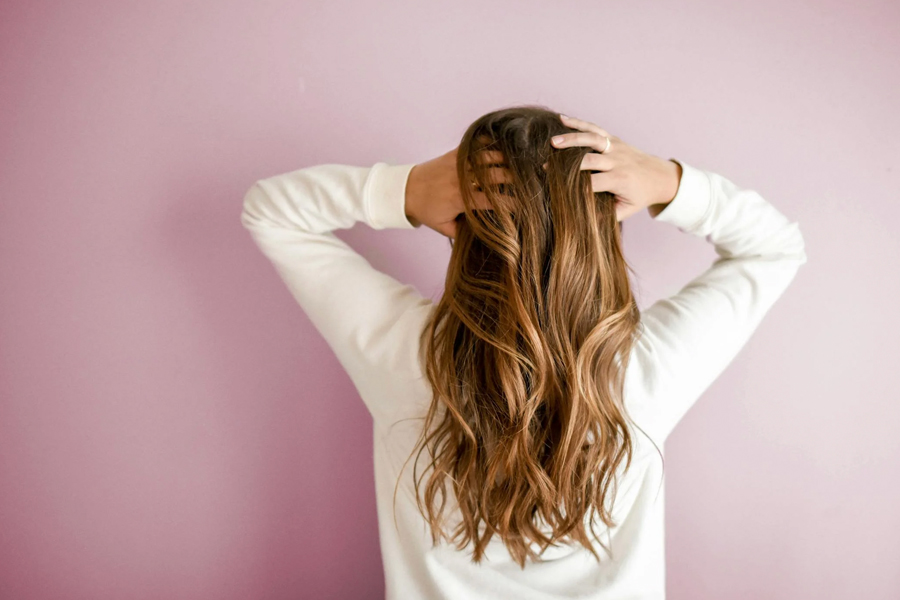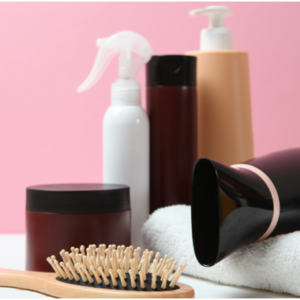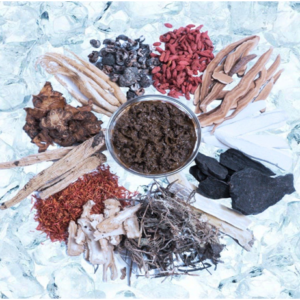Unlocking the Secrets of Healthy Hair: 6 Common Myths and Facts

Image Source: www.pexels.com
You care about your hair, don’t you? Of course, you do.
Who wouldn’t want enticing locks that boost their confidence?
But, let’s face it – we’ve all fallen for hair care advice that sounded too good to be true. From the perfect number of brush strokes to magical overnight fixes, hair myths are everywhere. It’s time to separate fact from fiction and give your hair the care it deserves!
Here’s what you need to know to keep your tresses healthy and vibrant.
Myth 1: Frequent Shampooing Makes Hair Healthier
Many people think that shampooing daily or multiple times a day makes hair cleaner and healthier.
However, Alli Webb, hair stylist and founder of Drybar, reveals that over-shampooing strips the hair and scalp of their natural protective oils. This can cause flaky, delicate hair that breaks easily.
The ideal shampoo frequency depends on the nature of your hair. For individuals who exercise and sweat regularly, live in a humid climate, or have fine or oily hair, you can shampoo every day. For thick or dry hair, avoid shampooing more than just twice a week.
Myth 2: Brushing Hair 100 Strokes per Day Improves Hair Health
Does brushing your hair 100 times daily lead to shinier, stronger strands, as people claim?
Gentle brushing does help distribute your hair’s natural oils from the scalp to the ends. However, vigorous, excessive brushing can cause mechanical damage and split ends over time. Limit brush strokes to 2-3 times per day for thin hair and 5-10 times for thick hair using a soft bristle brush.
Brush gently in sections commencing from the bottom and working up to avoid breakage. Consider using a wide-tooth hair comb or brush with soft bristles.
Myth 3: Some Chemical Hair Products Can Cause Cancer
Many consumers have concerns that chemical-laden hair products like dyes, relaxers, and straighteners could contribute to cancer risk. However, research has not found conclusive links between modern haircare chemicals and cancers.
While early hair dye formulas contained some carcinogens, today’s versions are considered very safe with minimal chemical exposure. As for chemical hair straighteners, TorHoerman Law reveals that the frequent use of chemical hair straighteners containing formaldehyde may be linked with a greater risk of uterine cancer. A research, conducted by the National Institutes of Health (NIH), observed over 30,000 U.S. women between 35 and 74.
The study revealed that the women who used such products were twice as likely at risk of contracting uterine cancer compared to women who didn’t use any. Hair straightener cancer is a subject where more research is needed. But it does highlight the importance of reading product labels and being aware of the ingredients you’re putting on your hair and scalp.
While erring on the side of caution is understandable, the evidence does not support completely avoiding modern hair dyes or chemical straighteners due to cancer fears. Using moderately and taking precautions are recommended to minimize any potential chemical risk from hair products.
Myth 4: Split Ends Can Be Repaired
Many conditioning products claim to repair split ends through protein or lipid enrichment. But the truth is that once a hair gets split, it cannot be fused back together.
Oils and conditioners simply coat split ends temporarily to mask their frayed appearance. Getting consistent trims is the only solution to remove splits and maintain healthy hair. Trim every 6–8 weeks to cut off any split ends before they reach the hair shaft and do more harm.
Getting rid of those damaged ends makes your hair look thicker and healthier, and can help it grow longer overall. Consume enough water, proteins, biotin supplements, and iron to help prevent split ends.
Myth 5: Natural Oils Are the Best Moisturizers
While natural oils like coconut, jojoba, and argan can be fantastic for your hair, they aren’t a one-size-fits-all solution for moisture.
Think of oils as the “sealant” for moisture – they help lock in existing hydration, but they don’t add it on their own. For truly moisturized hair, start with a water-based leave-in conditioner or a hydrating hair mask. These products deliver the water your hair needs. Then, supplement it with a thin layer of oil to help lock in that moisture and add some shine.
This combination gives you the best of both worlds!
Myth 6: You Should Air-Dry Your Hair to Avoid Damage
It might seem counterintuitive, but air-drying your hair for too long can damage it.
When you wet your hair, it is at its weakest. Moreover, prolonged wetness can cause the hair to swell and thin out, causing breakage. The best approach is to gently towel-dry your hair to remove excess water, and then use a blow-dryer on a low or medium heat setting.
Keep the dryer inches away from your hair and keep it in motion to avoid focusing the heat on one spot. This balanced approach helps your hair dry faster, minimizing the risks associated with both excessive air-drying and heat damage.
Summing up, your hair care routine should be based on something other than hearsay or outdated advice. While some popular tips have a kernel of truth, many touted techniques do more harm than good for your locks.
Focus on proven hair care methods backed by science, like gentle handling, limited washing and heating, moisturizing, and protective styles. Knowing your specific hair type and needs is key — no single approach applies to everyone. With smart hair care habits instead of hair care myths, you can reveal the healthiest, shiniest, and most vibrant you!
Now that you know how to separate fact from fiction, you can confidently unlock the secrets to your best hair yet.




